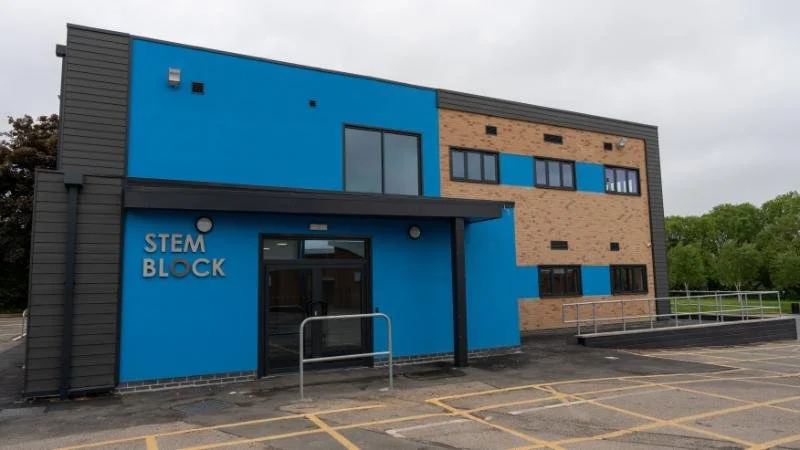What is the problem with Reinforced Autoclaved Aerated Concrete (RAAC) in School Buildings?
What is RAAC?
RAAC (Reinforced Autoclaved Aerated Concrete) is a lightweight, bubbly form of concrete that was often used in schools and colleges from the 1950s to the mid 1990s. It is usually found in roofs and occasionally in walls and floors.
What is the problem?
It has become problematical for school buildings because it is weaker than traditional concrete and poses risks that could have serious consequences. The Government has therefore issued new guidance on what Academy trusts and school leaders should do. For more information please visit GOV.UK
You may want to check your educational premises yourself or engage appropriately qualified experts to carry out what can be a difficult task. Qualified chartered building surveyors for education such as Surveyors to Education (S2e) have the specialist knowledge to make identifying and preparing to replace RAAC in school buildings a streamlined process.
How to detect RAAC in your school premises
You may find the terms “RAAC” and “Reinforced Autoclave Aerated Concrete” in original designs and drawings relating to the construction of your 1950s, 1960s, 1970s, 1980s and 1990s buildings. You can also carry out a visual inspection of the roof, but in this case Health and Safety must be paramount.
RAAC has an open texture with open-sided bubbles often visible. The surface is slightly crumbly when touched and easy to gouge with a screwdriver. If the concrete has been heavily painted or coated, however, it may be harder to identify.
Panels are usually 600mm wide and 2.4m long with a slight chamfer to each end and often arc-shaped stripes. Bear in mind that panels can be hidden behind suspended ceilings. Also, although they were mostly used on flat roofs, they can be found on pitched or sloping roofs.
What steps to take
Taking photos then expanding them is a good way to get a close-up view of the roof surface, and they will also be useful should you call in surveyors and structural engineers.
If you do detect RAAC planks you should arrange a professional inspection and assessment because remedial work may be required.
Note: before attempting to remove any part of a suspended ceiling it is essential to consult the school’s asbestos register to make sure the ceiling void contains no hidden danger. If asbestos is present, touch nothing.
Benefits of a professional chartered building surveyor
Specialist chartered building surveyors will be able to carry out a comprehensive survey to detect where RAAC is present on your school premises.
They can safely work at height and in tight spaces.
They will advise on the level of risk and scope and costs of any necessary work.
Finally, you will have the reassurance that you have identified any risk to your buildings, pupils and staff and that any hazards will be effectively dealt with.
To find out more about handling RAAC issues at your school premises safely and cost-effectively, contact us today at enquire@s2e.org.uk or call 0116 5070130.









